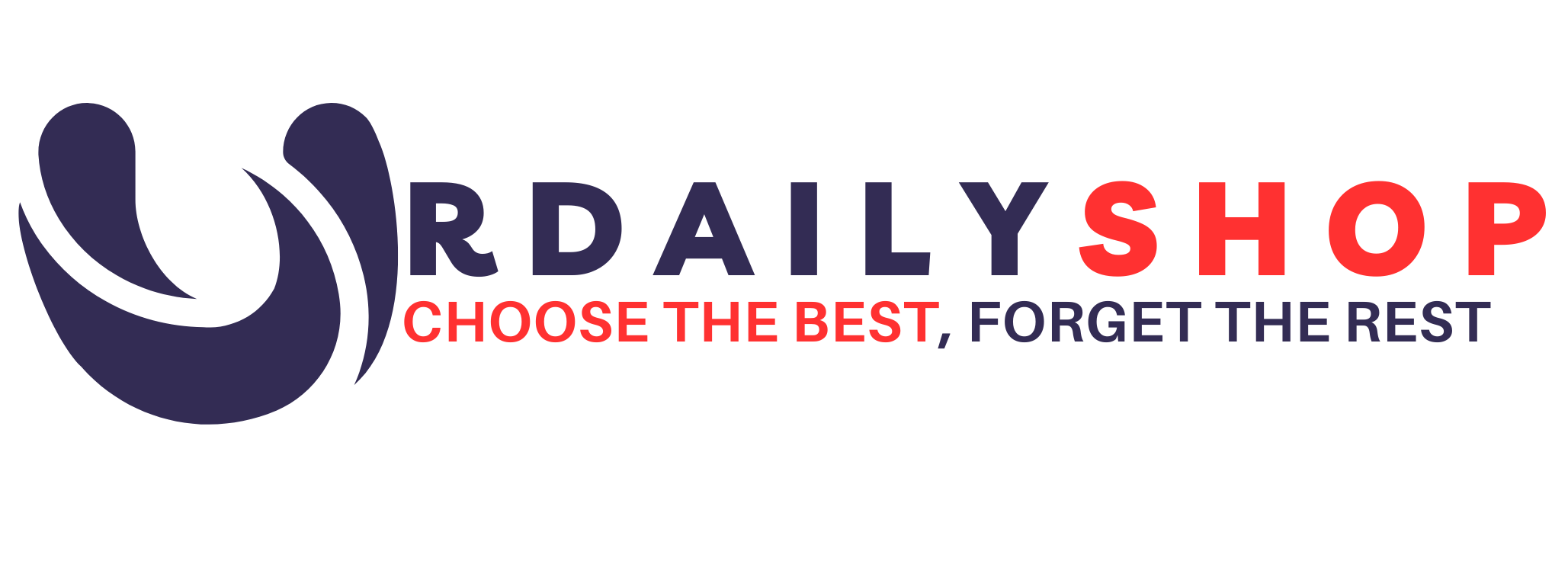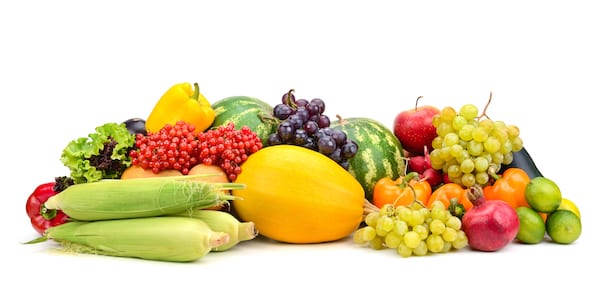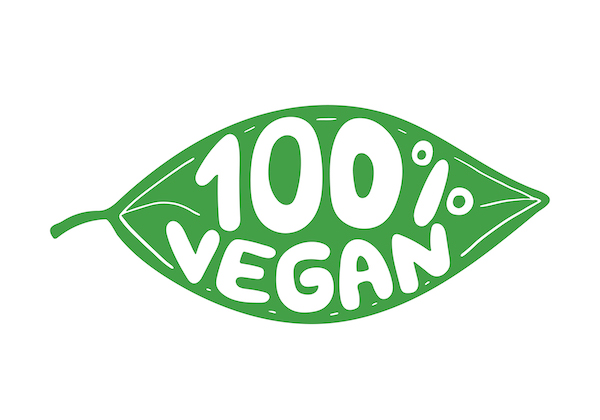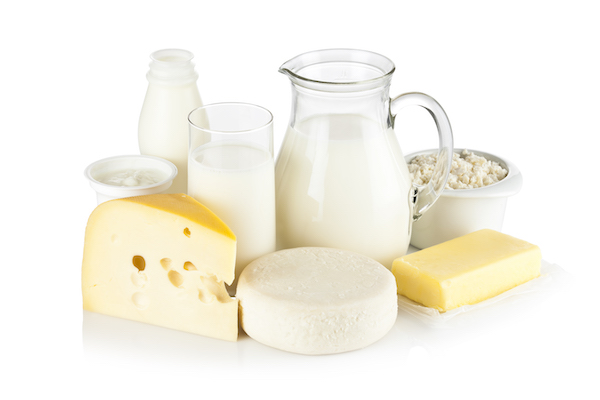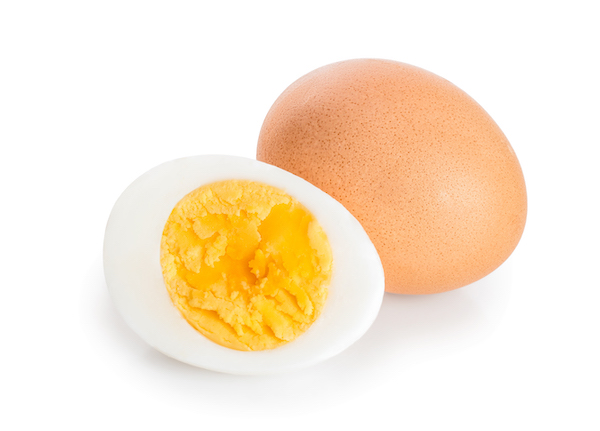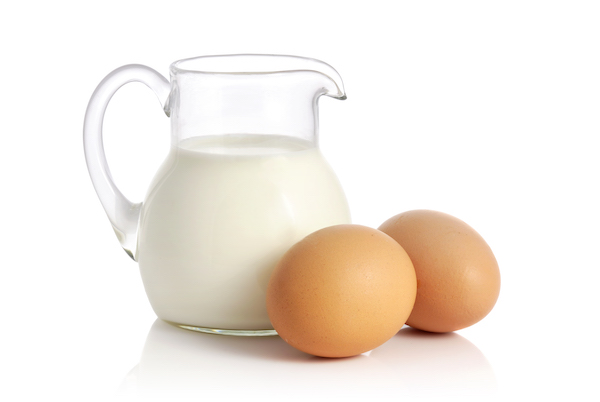Plant-based or plant-based eating is probably the most unavoidable dietary trend. And it’s not necessarily as simple as just giving up meat; New factions are forming within the plant umbrella seemingly all the time, generating multiple types of vegetarians.
“The main categories of plant-based diets that are studied and well established are: vegan, lacto-ovo-vegetarians and lacto-u ovo-vegetarians,” he explains. juliana heverMS, RD, CPT, author of The health solution and The Complete Idiot’s Guide to Plant-Based Nutrition.
To help you discover what might work for you, here’s a look at the many nuances of plant-based eating, almost all of which encourage adding more color to your plate through nutrient-dense fruits and vegetables.
1. Level 5 Vegan
Considered the strictest form of veganism, a Vegan level 5 It is defined as “not eating anything that casts a shadow.” by Lisa Simpson in a 1995 episode of The Simpsons titled “Lisa the Vegetarian.”
As per the show’s lore, Paul McCartney, who seemed to support Lisa’s vegetarian journey, demanded that she give up meat for the rest of the season.
While the definition is clearly a joke (since plants also cast shadows), many vegans have co-opted this pop culture reference to refer to anyone with a go-or-die attitude about veganism.
(It turns out that Lisa has never remembered her decision either and is still a plant based hero more than two decades later.)
2. Vegan
According to the OG of veganism, the Vegan Society, the official definition signed around 1949 is to “seek an end to man’s use of animals for food, commodities, work, hunting, vivisection, and all other uses involving man’s exploitation of animal life.”
A vegan diet is exclusively plant-based and avoids all animal foods, such as meat (including fish, shellfish, and insects), dairy, eggs, and honey. There is the added lifestyle component of also avoiding all other animal products, as well as products tested on animals and places that display animals for entertainment purposes.
Within veganism, practitioners interpret (or choose) to follow these guidelines differently. Some common variations include:
Ethical
It involves avoiding all products made by animals or considered cruel to tender creatures.
Examples include wearing silk blouses, leather shoes, and makeup tested on animals, or visiting a circus (which offers the added benefit of avoiding creepy clowns).
Raw
It combines a raw food diet with veganism and focuses on eating raw vegetables, fruits and grains. Another twist is “Raw ‘Till 4”, or eating raw food until 4 pm and then having a cooked dinner.
High carb, low fat
In many ways the polar opposite of the ketogenic diet, “high-carb, low-fat” vegans eat large amounts of carbohydrates, such as fruits, vegetables, and grains, and as little fat as possible.
(It is important to note that fat is a key macronutrient and it is important to consume it in recommended amounts.)
3. Lacto-vegetarian
Lacto-vegetarian is a plant-based way of eating that allows the consumption of dairy products, such as milk, cheese and yogurt, explains Sharon Palmer, MSFS, RDN, The Plant-Based Dietitian.
4. Ovo-vegetarian
“Ovo” is the Latin word for egg. Ovo-vegetarians can eat foods that contain eggs, such as omelettes, but do not consume dairy products.
5. Lacto-ovo-vegetarian
Lacto-ovo vegetarians consume eggs and dairy-based foods, but do not eat meat, poultry, or seafood. This is perhaps the most common type of vegetarian.
6. Pescatarian
Pescatarian (also written “pescetarian”) is a semi-vegetarian diet that includes the consumption of fish or seafood. As such, Pescatarians’ diets can be highly personalized; A person can eat fish but give up shellfish, or vice versa.
Exploring the reasons why some people don’t consider fish the same as meat could land you in murky waters.
They range from the fact that fish are cold-blooded (unlike warm-blooded mammals) to the historical stance of the Catholic Church. exemption allowing consumption of fish during times of meat fastinglike Lent.
7. Pollotario
Another branch of the plant-based diet: Pollotarians avoid red or mammalian meats, such as beef and pork, but make an exception for chicken and other poultry. (Despite the popular advertising campaign, pork is technically the other Red meat.)
And, on one branch of another branch, pesce-pollotarios are fish-eating pollotarians.
8. flexitarian
A hybrid of the words “flexible” and “vegetarian,” flexitarian is a plant-based eating style that allows for moderate meat consumption.
“A flexitarian diet is the same as an omnivorous diet, with countless interpretations, alluding to the intention to reduce the consumption of animal products,” says Hever.
How to start eating a vegetarian diet
“We are all creatures of habit and alternate between different recipes day after day, week after week,” says Hever. Exploring a plant-based diet is a great way to change up your routine and add more vegetables.
1. Find recipe inspiration
“The Internet offers unlimited access to recipes, tips and ingredients to modify almost anything you’ve always loved and turn it into a plant-based version. The best way to get familiar with this way of eating is to have fun and explore!
In addition to tasty recipes, Hever’s latest book offers detailed science on plant-based eating. While you’re trying it out, he also recommends using social media for inspiration.
2. Gather support
“Having social support is helpful during the process and gets easier and easier with practice,” she says.
3. Consume essential nutrients
When you eat well, it’s easy to get adequate nutrition from plant-based foods. However, it is important to ensure that you eat a balanced diet. “It’s easier to meet nutrient needs with a vegetarian diet; you have to be a little more careful and strategic with a vegan diet,” Palmer says.
(After all, Oreo cookies and McCormick Bac’n Bits are vegan, but they’re also highly processed and lacking nutritional value.)
Supplements Vegetarians May Need
“In a plant-based diet, there are five micronutrients that we consider notable nutrients: vitamins B12, D, K2, iodine, and zinc,” explains Hever.
B12 vitamin
“Vitamin B12 is something that anyone following a vegan diet should supplement and older adultsregardless of their diet.”
Vitamin D
If you don’t drink milk, where do you get vitamin D? “Vitamin D is not specific to a vegan diet and may or may not be a problem, depending on sun exposure, body fat, and time spent indoors, among other factors,” says Hever. “I have my clients do blood tests to determine if their serum vitamin D levels are adequate or if they need supplements.”
Vitamin K2
“While vegans easily consume a lot of vitamin K1 from leafy green vegetables, there is another form, vitamin K2, that is also important,” says Hever. “Although it can be found in certain fermented foods, such as sauerkraut and a Japanese dish called natto, there is evidence that supplementing with K2 may be important for cardiometabolic and bone health.”
Iodine and zinc
“Iodine can be consumed through iodized salt or sea vegetables, and zinc is available in legumes, nuts and seeds, but both minerals need attention,” explains Hever.
Omega 3
“For anyone who doesn’t eat fish, you may also need to supplement with long-chain omega-3 fatty acids, specifically EPA and DHA,” says Hever. A plant source of omega-3 is hemp hearts. Three tablespoons contain approximately 3 g of these healthy fats.
Should I Switch to a Plant-Based Diet?
“There are many benefits associated with a whole-food vegan diet,” says Hever. Plant-based diets in general have been associate with heart health, normal blood pressure, healthy blood sugar levels and cholesterol reduction.
“There are no known reasons not to eat more plants and less or no animal products,” says Hever. “And there are countless benefits to doing so beyond health, including eating on a budget.”
